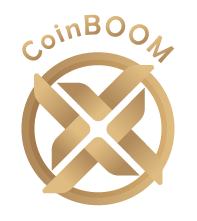Neon EVM, powered by Solana, and Subsquid, a decentralized data lake and query engine, have recently announced their collaboration to provide simplified access to on-chain data for dApp developers. This collaboration marks the first phase of Subsquid’s highly anticipated expansion onto the Solana blockchain.
Subsquid is an innovative query engine and decentralized data lake that prioritizes scalability and usability. It serves as a secure alternative to centralized infrastructure providers like API companies. Notable partners of Subsquid include Manta Network, Parity, and Enjin. The platform offers blockchain indexing, app development, and analytics. With the support of Neon EVM, Subsquid will now extend its network to include Solana, alongside Ethereum, its L2s, and Substrate (Polkadot and Kusama).
As part of their agreement, Subsquid will integrate Neon EVM’s on-chain data into its decentralized data lake, which is safeguarded by ZK proofs. This integration will enable developers to easily access existing information when building dApps on Neon.
Neon EVM, a smart contract platform built on Solana, provides a fully compatible environment with Ethereum. It offers Ethereum solutions, including infrastructure and tools, accounts and signatures, and token standards (such as ERC-20 tokens), while eliminating the drawbacks associated with Ethereum, such as high gas costs, limited liquidity, and lengthy transaction times. By running on Solana, Neon EVM delivers faster transactions, reduced costs, increased liquidity, scalability, and exclusive features not available on Ethereum.
Subsquid’s roadmap for the first quarter of 2024 includes expanding onto the Solana network, which has now been achieved. Despite this milestone, Subsquid is still committed to unveiling further upgrades throughout the year, such as the launch of a mainnet, Cosmos support, and permissionless dataset submission.
Overall, this collaboration between Neon EVM and Subsquid signifies a significant advancement in providing easier access to on-chain data for dApp developers, while expanding the capabilities and reach of both platforms.


